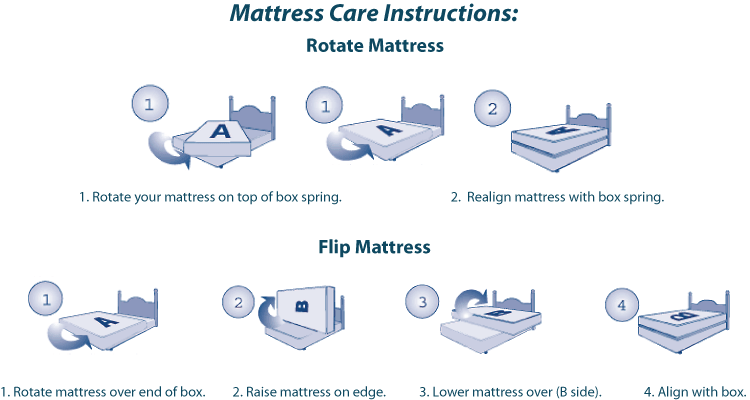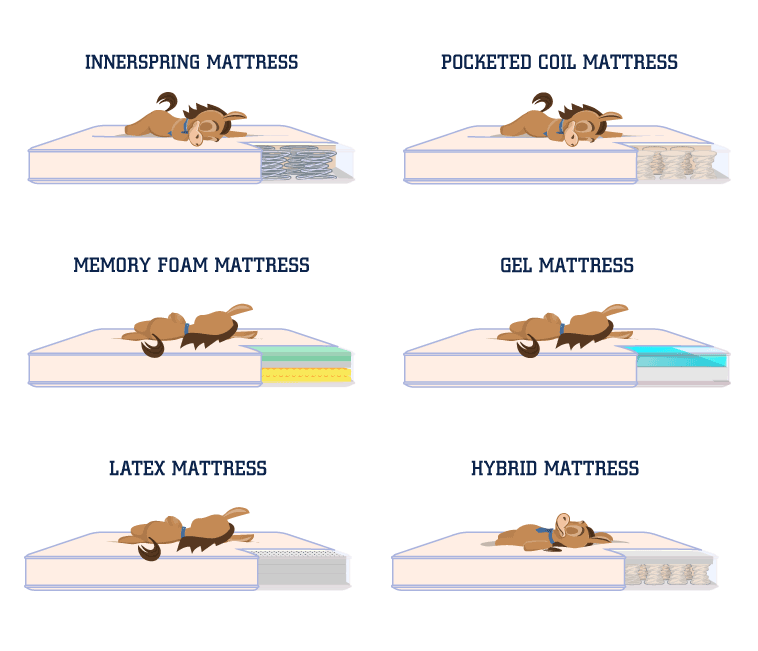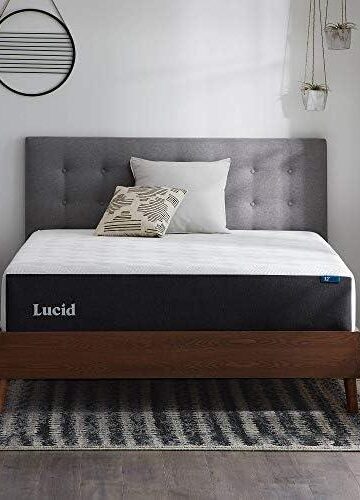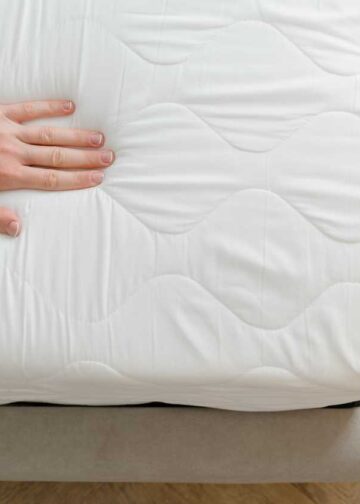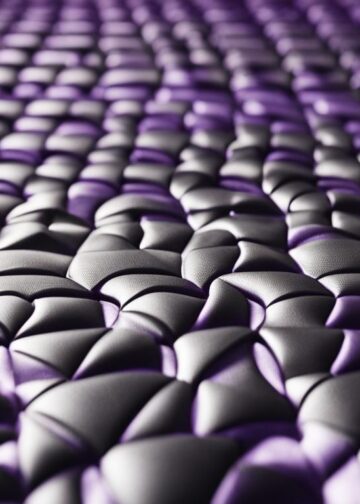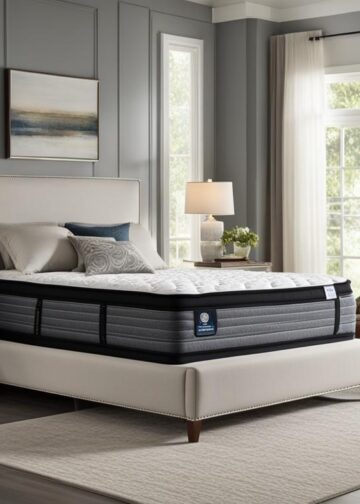A box-spring consists of a robust wooden frame enveloped by springs and fabric. It enjoys widespread popularity in Western Europe and North America and is typically positioned atop a bedframe. Its construction can involve both metal and wood materials.
![]()
It is advisable to position a box spring underneath the mattress. The dimensions of the box spring should match those of the mattress. A softer box spring can enhance comfort levels on your mattress. Elevating the mattress height, the box spring facilitates a flat surface that simplifies the act of lying down. A box spring paired with a mattress perfects the sleep setup.
Plywood is commonly used in crafting box springs, which vary in structure based on design, size, cost, among other factors. Manufacturers continuously introduce new models of box springs to diversify their offerings in terms of structure, design, and shape.
2 Simple Ways to Construct Box Springs from Plywood
In today’s discussion, we explore alternative materials that can substitute plywood in box spring creation. Here we discuss them:
Steel Box Springs
Known for their durability, steel box springs are a formidable choice in construction. Cost-effectiveness makes them accessible to a broader audience.
Steel box springs also accommodate any mattress type. They easily integrate with your existing bed and mattress, providing optimal height for comfort during sleep. However, steel box springs are not suitable for foam-based mattresses due to their rigidity.
Wooden Box Springs
Wood is celebrated for its aesthetic appeal and deep cultural ties. Just like steel, it pairs well with mattresses and is known for its longevity.
Being a natural material, wood can be shaped for various construction purposes. It supports the mattress effectively, enhancing both the bed’s height and overall durability. However, wooden box springs are somewhat heavier and more cumbersome to move.
Types of Box Springs
Box springs can be classified into several categories based on height:
Standard Box Springs
This category features heavier box springs that offer stability but are difficult to move.
Low Profile Box Springs
With an average height of four inches, low-profile box springs are ideal if under-bed space utilization is not a priority. Their lighter weight makes them easier to maneuver. Individuals with back issues should consider other options.
High Profile Box Springs
The antithesis to low-profile variants, these box springs stand approximately nine inches tall and require a correspondingly lower bed and mattress setup. However, they facilitate under-bed storage.
A box spring supports your mattress, increasing both comfort and the lifespan of your bed by reducing direct pressure on the bed’s structure, particularly its legs. Failure to use a box spring can lead to accelerated wear. As a result, the longevity of your bed and mattress may be compromised.
In this article, we cover alternatives to plywood for constructing a box spring. Previously, box springs were typically made with coiled springs serving a similar purpose in alleviating pressure from the bed and mattress.
- “Sleep Like Royalty: Discover the Lucid 12″ Cal King Mattress!” - February 14, 2024
- “Is Your Mattress Past Its Prime? Find Out Now!” - February 11, 2024
- Sleep Better Every Season: Seasonal Sleep Tips - January 26, 2024

